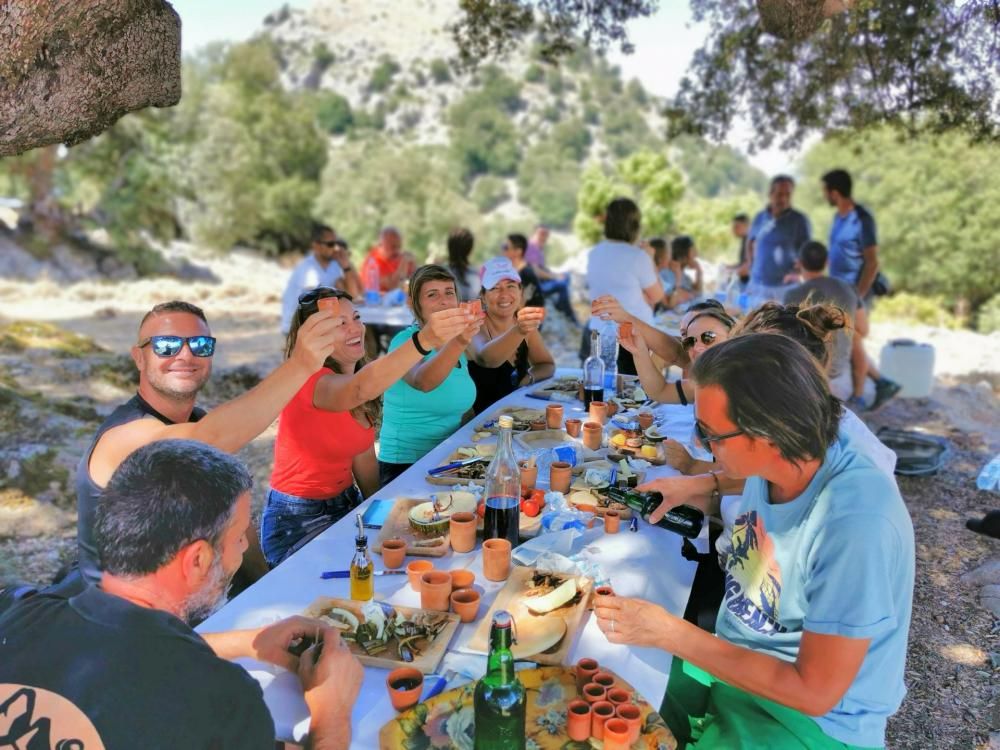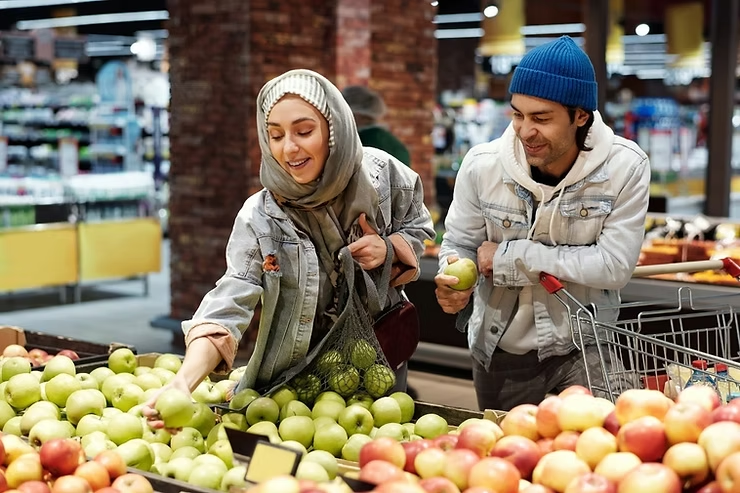What if the key to a longer, healthier life wasn’t locked away in supplements or trendy superfoods—but already on your plate?
Tomorrow is World Health Day, and this year, I’m celebrating not with a new diet, but with an ancient way of life—borrowed from the people who do health best: the world’s Blue Zones.
These remarkable regions aren’t home to wellness influencers or fad diets—they’re home to centenarians. People who live well into their 90s and 100s, free from chronic disease, full of purpose, and thriving in body and mind.
What’s their secret? Food, movement, connection—and consistency.
What Are the Blue Zones?
The term Blue Zones was coined by researcher Dan Buettner, who studied the five areas of the world with the highest concentrations of people living past 100. These places may seem worlds apart, but their secrets to longevity are strikingly similar:
Sardinia, Italy – Mountain villages, strong family ties, and a diet rich in plants, beans, wholegrains, and red Cannonau wine, high in polyphenols.
Okinawa, Japan – Where “food is medicine” and meals are guided by hara hachi bu—eating until 80% full.
Nicoya Peninsula, Costa Rica – Where a strong sense of purpose (plan de vida) and fresh, whole food keeps ageing vibrant.
Loma Linda, California – A community of Seventh-day Adventists thriving on a mostly plant-based diet and meaningful Sabbath rest.
Ikaria, Greece – Where a Mediterranean diet, herbal teas, naps, and laughter are the norm.
Their lifestyles may vary, but their nutrition habits are uncannily aligned.
The Blue Zone Plate: Simple, Seasonal, Shared
Blue Zone diets aren’t trends—they’re traditions. Their power lies in how beautifully simple they are:
Plants take the lead – Beans, greens, sweet potatoes, courgettes, lentils, and locally grown vegetables form the base.
Meat is minimal – Eaten sparingly, often just a few times a month.
Whole, unprocessed ingredients – No factory foods or hidden additives.
Healthy fats – Olive oil, nuts, and seeds provide essential nutrients and satiety.
Natural sugars only – Sweets are rare and often homemade, enjoyed on special occasions.
Wine with company – In Sardinia, a glass of Cannonau wine is shared at lunch with laughter and conversation.
It’s not about calorie counting. It’s about rhythm, ritual, and nourishment.
How I’m Celebrating World Health Day 2025
This year, I’m marking the day with a slow, mindful, Blue Zone-inspired lunch shared with loved ones. The menu is humble but nourishing:
Sardinian minestrone with beans, kale, and wild herbs
Wood-fired sourdough, drizzled with olive oil and a sprinkle of rosemary
Braised lentils and wild greens, served warm with lemon and garlic
And a toast with Cannonau wine to celebrate health and connection
But beyond the food, I’m taking this day to reset and recommit to living intentionally.
One habit I’m refining:
I already avoid processed foods, but I’ve realised I often eat too quickly. In Blue Zones, meals are sacred—never rushed. So this year, I’m embracing slow, mindful eating: more chewing, less multitasking.
Small steps I’m taking for lasting health:
Daily beans – An easy, affordable, and powerful longevity food.
Walking after meals – Just 15 minutes can aid digestion and lower blood sugar.
Eating at the table, not the screen – Because presence is part of nourishment.
More shared meals – Connection is medicine tooYour Turn: Make Health Simple Again
This World Health Day, what’s one small step you can take toward a healthier, more vibrant life?
Maybe it’s cooking from scratch. Or swapping dairy milk for oat. Or setting your phone down and eating dinner with family.
You don’t need to live in Sardinia to eat like a centenarian. You just need to eat real food, move naturally, and connect deeply.
So here’s your invitation:
Share your pledge using #BlueZoneLife, tag someone you love, and take the first step toward living better—not just longer.
Because health isn’t a destination. It’s a lifestyle.




